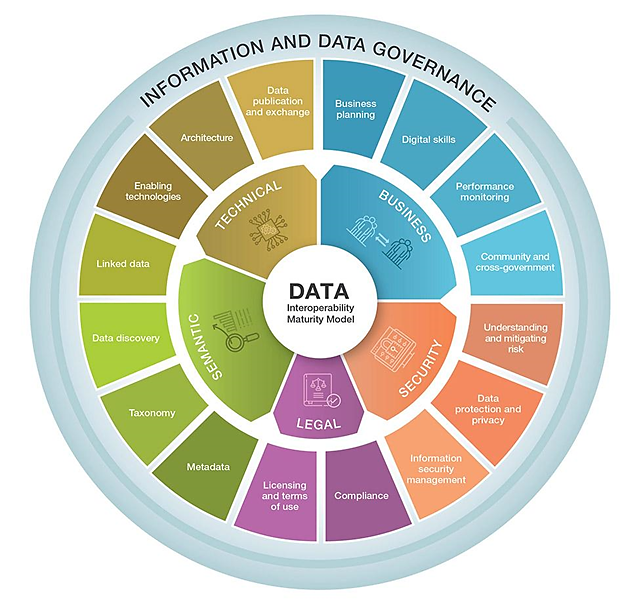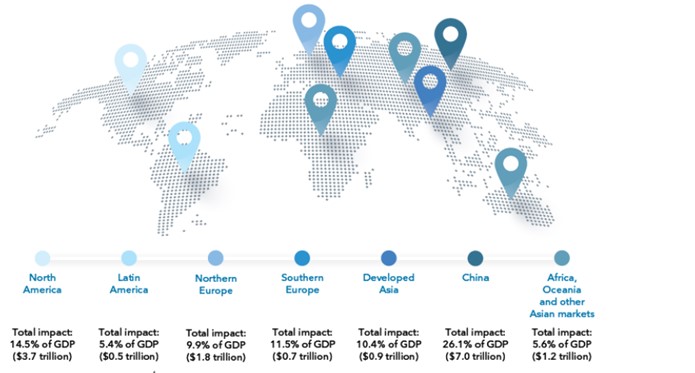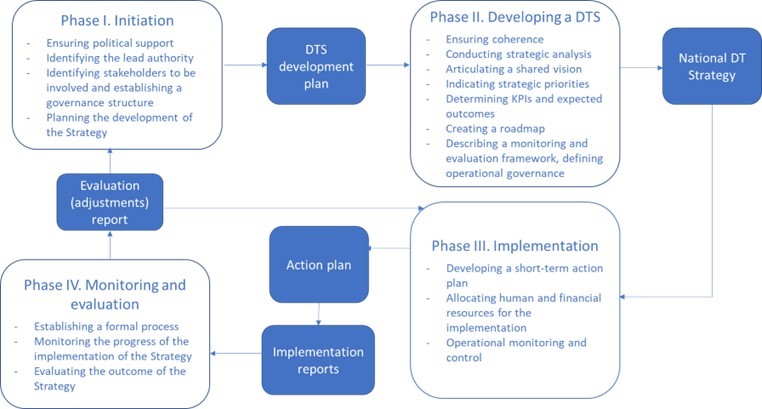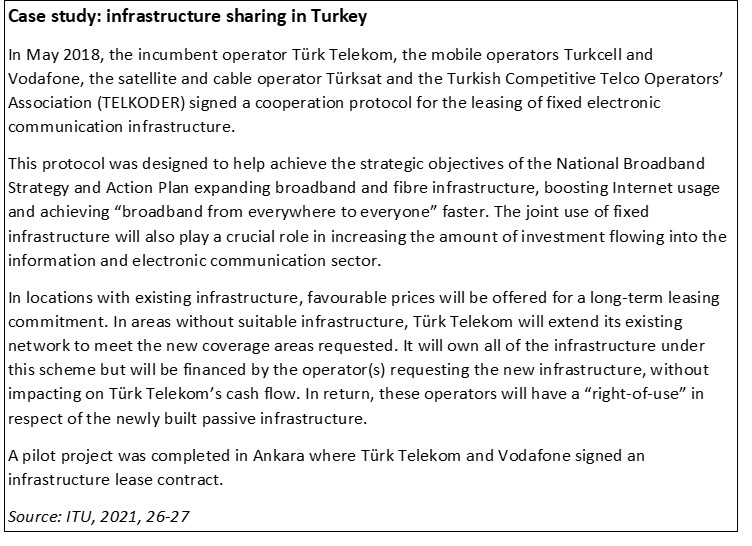
Technical standards for upcoming technologies
20.04.2025Introduction The widespread adoption of wireless technologies at a global scale depends on robust consensus over technical standards as well as on the access to the available spectrum. Technical standards are agreed upon through discussions at different international and regional organizations, as well as standard development organizations (SDO). For example, the International Telecommunication Union (ITU) addresses radio aspects in the Radiocommunication Sector and network aspects of the different technologies in the Standardization Sector. Another example, the 3rd Generation Partnership Project (3GPP) is a group that publishes the specifications for mobile technologies, including those beyond 3G (3GPP 2024). Regulators need to…
Read »




